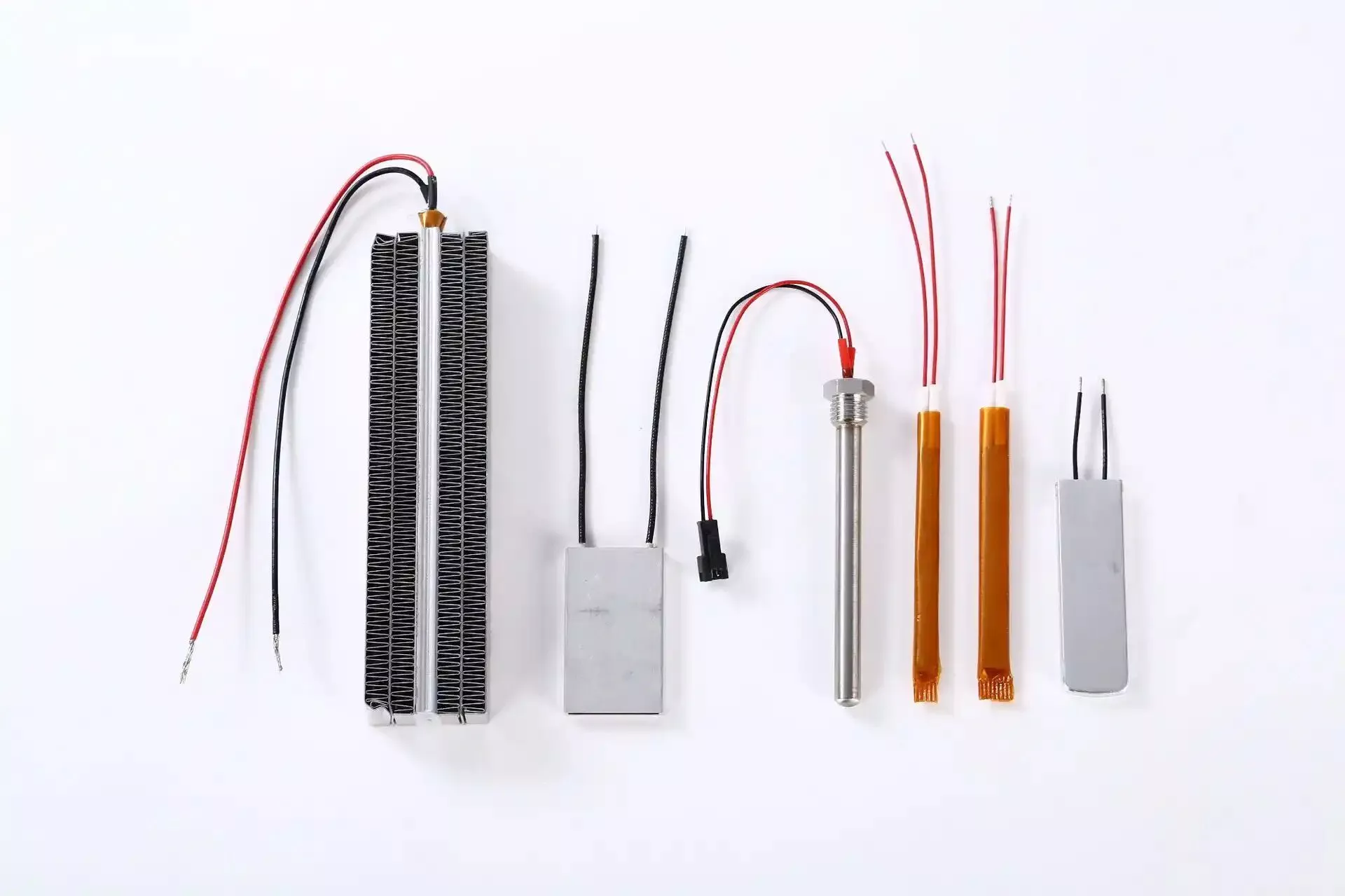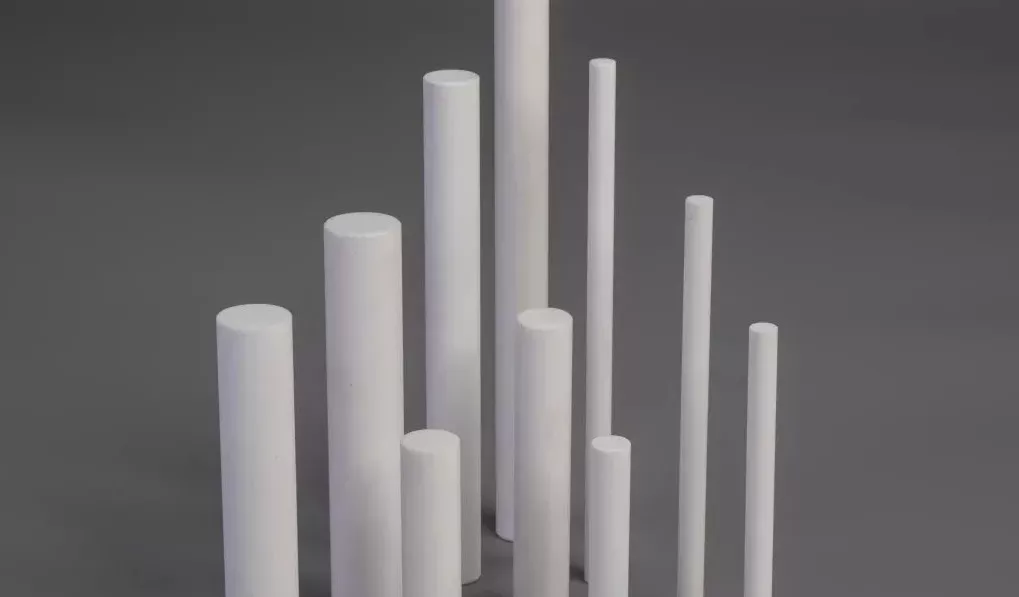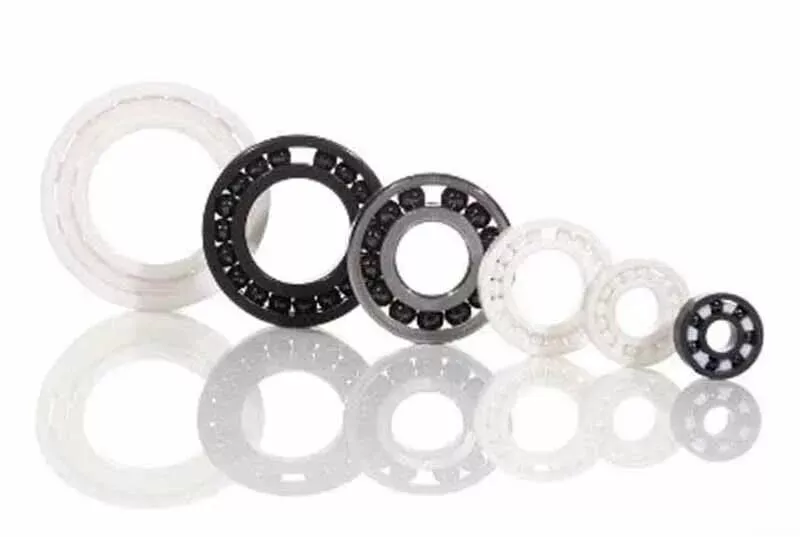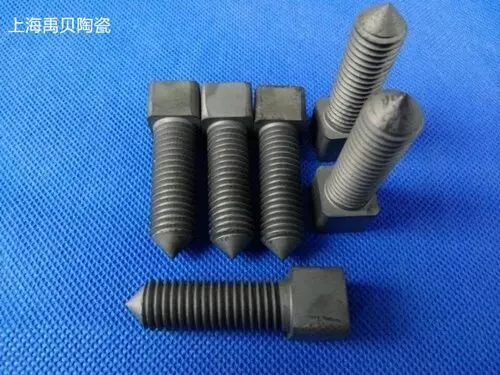ZTA Ceramics
The research on the toughening of phase change ceramics around the relevant properties of zirconia has attracted much attention since Garvie et al. published the article "Ceramic Steel" in "Nature" in 1975. Since then, zirconia has been dispersed in the matrix of various ceramic materials for experiments, and high-performance ceramic materials have been prepared successively. The most classic is to inject zirconia into alumina ceramics to produce zirconia toughened alumina (ZTA, Zirconia Toughened Aluminum) ceramics.

1 Performance characteristics and their correlation with alumina powder
ZTA ceramic is a composite ceramic with excellent chemical stability, thermal stability and high strength, but its application is limited due to its low reliability and high production cost.
The bending resistance and fracture toughness of ZTA ceramics are related to the particle size of the alumina powder, and the sinterability increases with the reduction of the alumina particles used. Experiments have shown that ZTA produced by mechanical grinding of submicron-sized alumina has good mechanical properties when sintered at 1500 ° C, its flexural strength reaches 720Mpa, and its fracture toughness reaches 6.86MPa m1/2, which is better than that of ZTA. Aluminum oxide composite ZTA ceramics prepared by chemical method. However, it is not that the finer the particles, the better the mechanical properties of ZTA, which is also related to the sintering temperature. Under the same temperature sintering conditions, too large alumina grains will also inhibit the phase transformation of zirconia and affect the performance of the final ZTA ceramics.
2 Preparation method of ZTA composite powder
The preparation process of ZTA composite powder includes mixing method, precipitation method and precipitation encapsulation method. However, the problem of agglomeration of ultrafine powder and uneven dispersion of ZrO2 in the matrix has always been a difficulty in process control. In recent years, researchers have carried out many new process improvements on the basis of the original method.
① Mechanical mixing method: the powders that make up the composite powder are mixed, ball milled, and then sintered. This method is direct and simple, but it cannot guarantee the uniform dispersion of multiphase components. It is found through experiments that if the ceramic material prepared by the composite powder prepared by this method is prone to high porosity due to uneven mixing, the mechanical properties of the material will decrease.
②Multiphase suspension mixing method: by adding dispersant and adjusting the pH value, firstly prepare a single-phase stable suspension that is fully dispersed in each component, and then find out the mixing and suspension conditions that the particles of each phase can be uniformly and well dispersed. Single-phase suspensions are mixed, and uniformly mixed powders can be prepared by finding common flocculation conditions.
③ Sol-suspension mixing method: Since the suspension of nano-sol is not affected by the pH value of the liquid, it greatly facilitates the uniform mixing with other suspensions. When the solid phase content of the two liquids is high, it can be stirred and heated or Airflow drying to obtain nanocomposite ceramics with high mixing.
④Sol-gel method: It is a method of converting the sol of metal oxides or hydroxides into gels, and then drying and calcining the gels to prepare oxides. This method is suitable for the preparation of homogeneously mixed nanopowders.
3 Application direction
Alumina has high hardness and zirconia has good toughness. ZTA ceramics, a high-strength, high-toughness composite made of two materials, can be applied to the production of ceramic knives and can realize the processing of cast iron and alloys; It is used to make the interface structure of engineering ceramics to prolong the service life of engineering materials; it is used to make wear-resistant ceramic balls; relying on the excellent biocompatibility of alumina ceramic materials, it can be made into biomedical materials and applied to hard tissues of the body ( such as reconstruction and restoration of teeth).
Declaration: This article is provided by CERADIR™ users or obtained from Internet, the content does not represent the position of CERADIR™. We are not responsible for the authenticity/accuracy of the article, especially the effects of the products concerned. This article is for study only, it does not constitute any investment or application advice. For reprinting, please contact the original author. If it involves the copyright and/or other issues, please contact us and we will deal with it asap! CERADIR™ has the interpretation of this declaration.







